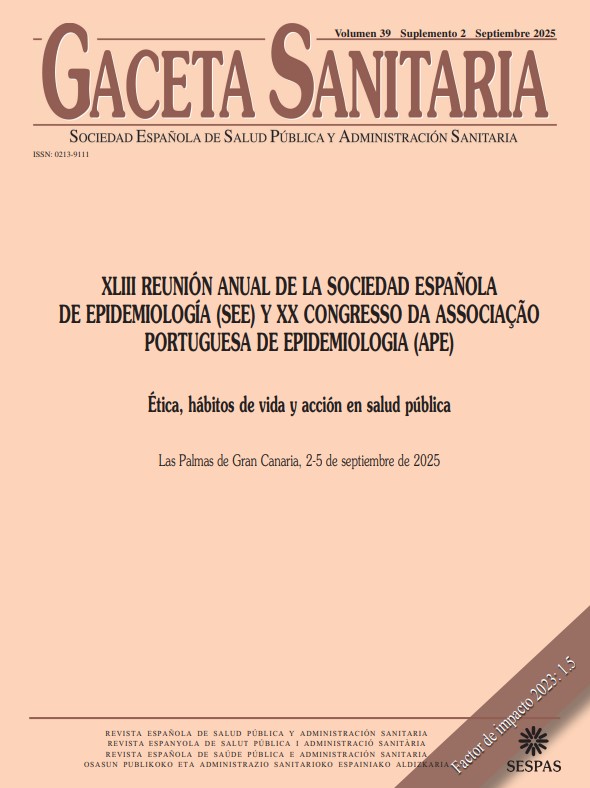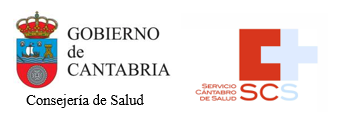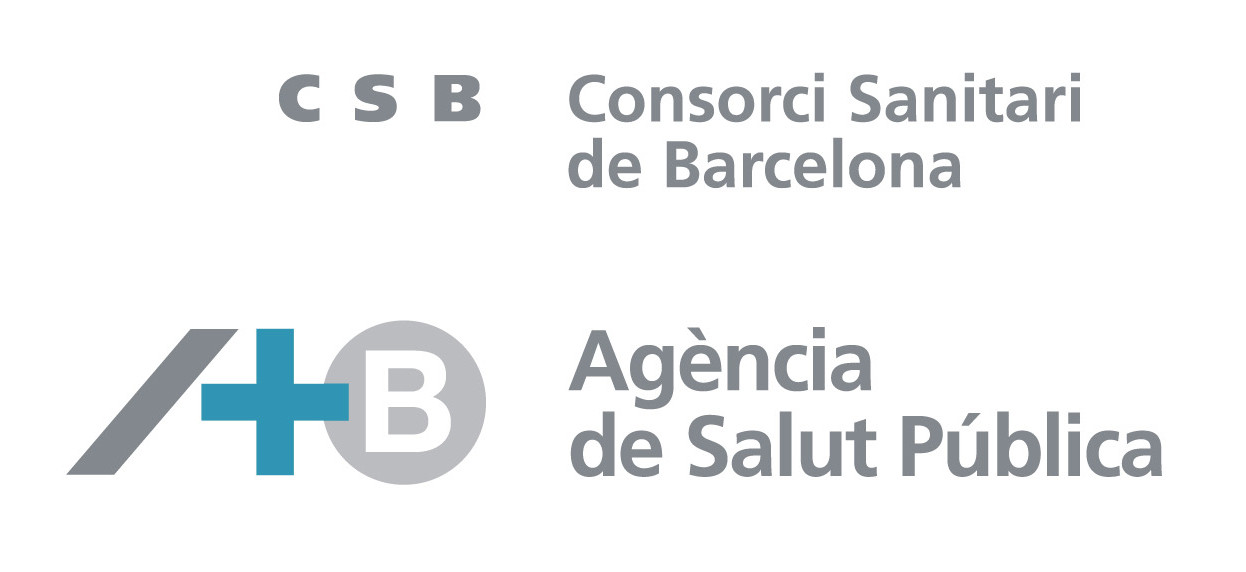294 - INFLUENCE OF ONE-CARBON METABOLISM-RELATED MOLECULAR VARIANTS AND NUTRIENTS INTAKE ON BREAST CANCER RISK IN THE EPIC-EUROPE COHORT
CIBERESP; EASP; ibs.GRANADA; UGR; IBIM; IdiSNA; ICO; BIOGIPUZKOA; IARC.
Background/Objectives: Breast cancer (BC) is the malignant neoplasm with the highest incidence rates among women worldwide. Carcinogenesis is closely related to DNA stability and proper expression, processes that depend on multiple key cellular mechanisms. Among them, the one-carbon metabolism (1CM) plays a fundamental role as a complex network of biochemical reactions influenced by both molecular and nutritional factors. Several enzymes and nutrients involved in this pathway (folate, B2, B6, B12, choline, betaine, methionine, glycine, and serine), along with alcohol, modulate this process. The aim of this study is to evaluate the association between the presence of single nucleotide polymorphisms (SNPs) in genes involved in 1CM, the intake of related nutrients, and the risk of developing BC in the EPIC-Europe cohort.
Methods: A nested case-control study was carried out. It included 3,611 women with BC (C50, ICD-10) and 3,703 controls from seven European countries participating in the EPIC study, with complete genetic, dietary, and lifestyle information. SNPs selection was performed through: 1) Identification of genes involved in 1CM by literature review; 2) Consultation of eQTLs in 1CM genes using TWAS Atlas; 3) Selection of SNPs with a minor allele frequency > 1%. SNPs were obtained after homogenization and imputation of prior genotyping data in the cohort. Nutritional variables were adjusted for energy intake using the residuals method, and nutritional risk scores (NS) were constructed. For genetic associations analysis, five inheritance models (genotypic, allelic, additive, dominant, and recessive) were tested using PLINK 1.9 software. The influence of nutritional factors on BC risk was assessed through logistic regression.
Results: Among sociodemographic variables, age at first full-term pregnancy, number of full-term pregnancies and age at menopause showed significant differences between cases and controls. A total of 114 SNPs distributed across 49 1CM genes were selected, of which 15 showed a significant association with BC in at least one inheritance model (p < 0.05). Three of these SNPs corresponded to intergenic variants, while the rest were located in the MTHFR, AMT, BHMT, GGH, FTCD, PRMT2, and TCN2 genes coding regions. No significant associations were observed between the nutrients studied and BC risk, nor between the NS and the disease.
Conclusions/Recommendations: Some SNPs involved in 1CM may be associated with the risk of developing BC in the European population. However, further analyses are required to confirm these findings and better understand their biological impact.
Financiación: CIBERESP















